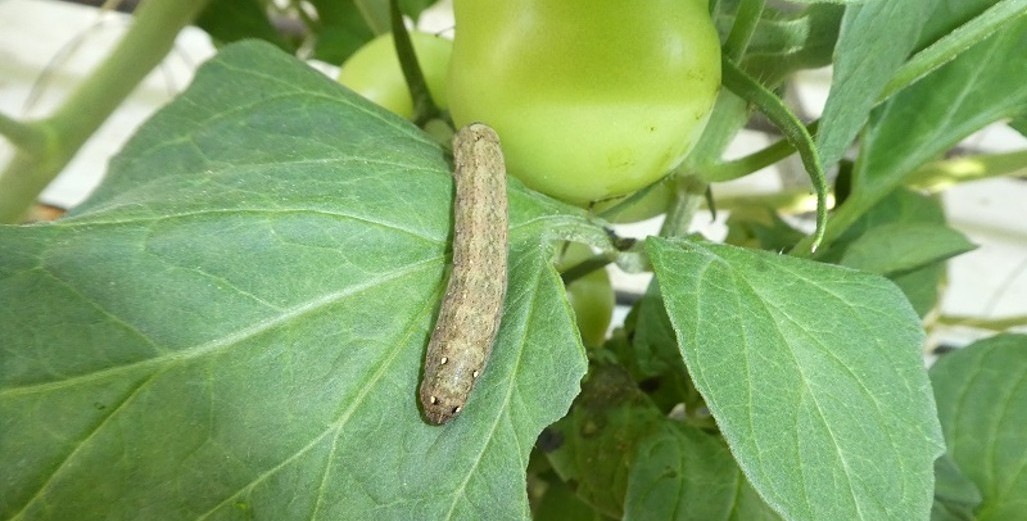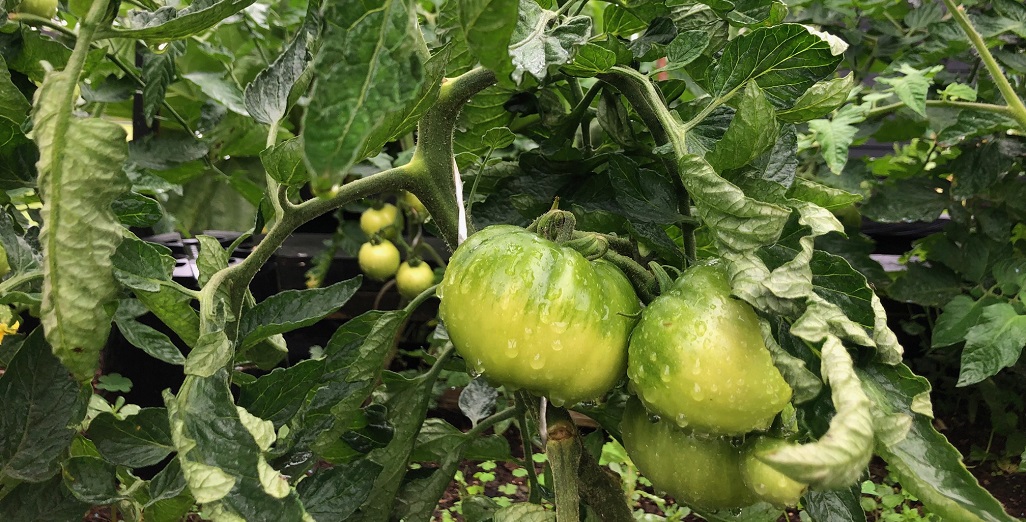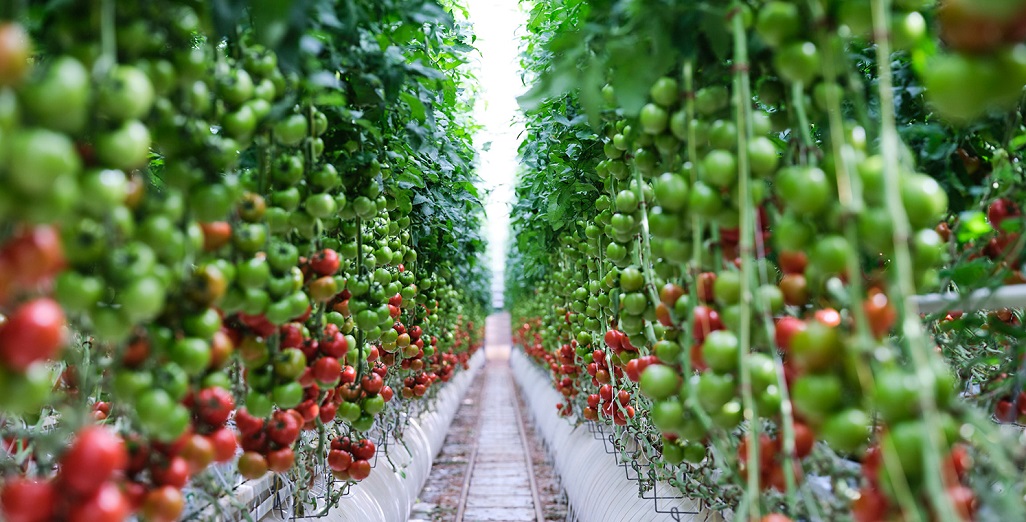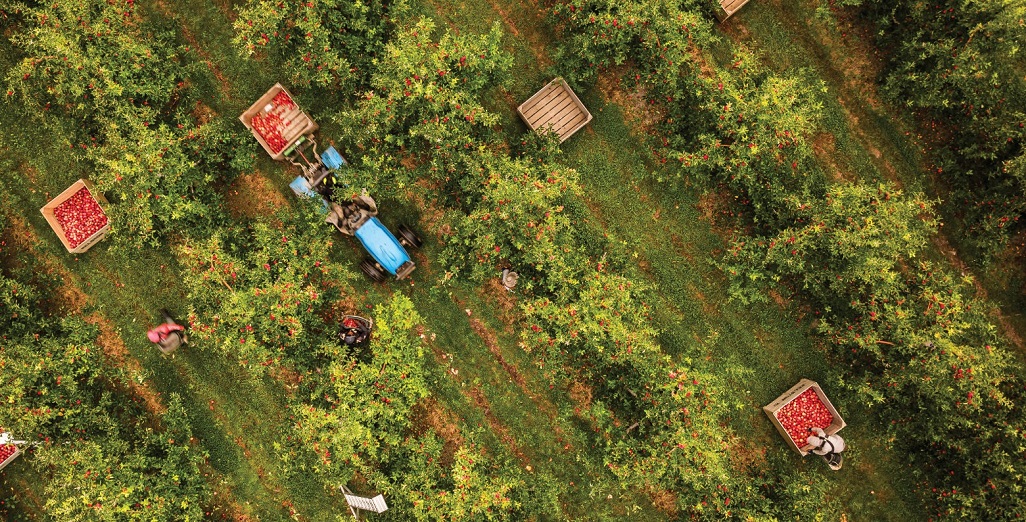Sign up here to subscribe to the Grower2grower Ezine. Every two weeks you will receive new articles, specific to the protected cropping industry, informing you of industry news and events straight to your inbox.
Apr 2021
Armyworm Caterpillars

Chewing their way through cucumber and tomato crops
Caterpillars are back and causing damage to crops. In March 2019 I published an article, when caterpillars were equally as difficult to control (see link 1 below to read the article again). I don’t recall, twelve months ago, caterpillars being as invasive. Predicting the presence of caterpillars in glasshouse crops, at this time of the year, is normal. Predicting the amount of butterfly and moth pressure, that will enter your glasshouse, and the various locations is far harder to predict each year. I am sure there is an explanation as to why some years it appears worse than others (see link 2 below). As an advisor I can only react to the problem, and the degree of the issue, once it is visible. Personally, my threshold is one. If I see one caterpillar, I immediately activate a plan of action, with the appropriate tools.
Historically green cabbage caterpillars predominantly cause the most damage but this year I have noticed a lot more destruction from armyworm on multiple sites geographically far apart. Army worm, in my experience, are much harder to control. I understand there are several species of armyworm, but I believe this is the tropical armyworm.
Bacillus Thuringiensis (BT’s) have always controlled green cabbage caterpillars superbly. However, the control it has on armyworm is much harder to evaluate. Purely from observation I believe this sucker is harder to kill. There may be a scientific reason for this. However, the BT’s have some effect. I would suggest that for armyworm you follow the minimum application intervals.
Resistance:
Could armyworm have developed a certain level of resistance to BT’s? I found this extract below;
The development of resistance to these insecticidal proteins is considered the most serious threat to the sustainability of BT crops. Resistance in fall armyworm (Spodoptera frugiperda) populations from Puerto Rico to transgenic corn producing the Cry1Fa insecticidal protein resulted, for the first time in the United States, in practical resistance, and BT corn was withdrawn from the local market. Source: https://www.ncbi.nlm.nih.gov/pmc/articles/PMC4751857/
(Link 1) news/post/another-week–another-caterpillar/
(link 2) https://www.nrc.govt.nz/environment/weed-and-pest-control/pest-control-hub/?pwsystem=true&pwid=185
SEP 09, 2015 6:29 PM PDT
Share
Better Know a Microbe: Bacillus thuringiensis
WRITTEN BY: Kerry Evans
Bacillus thuringiensis is a Gram positive, soil-dwelling bacterium. Like all Bacillus species, it is rod-shaped and produces spores. Aside from being a close relative to Bacillus anthracis (the one that gives you anthrax) B. thuringiensis is probably best known for its use as an insecticide.
B. thuringiensis was first described in 1901 by the Japanese biologist Ishiwata Shigetane. He isolated the bacteria from silkworms that died from what he called “sotto disease”. Thus, he named the bacteria Bacillus sotto. Later, in 1911, Ernst Berliner isolated this same species of Bacillus from dead Mediterranean flour moth larvae in the German state of Thuringia. Berliner named these bacteria Bacillus thuringiensis (and the name stuck).
In the course of his studies, Berliner described the formation of inclusion bodies that he called “restkorper”. These restkorper were actually crystals that form when the bacteria undergo sporulation. In 1953, Thomas Angus demonstrated that these diamond-shaped crystals are responsible for the insecticidal activity of B. thuringiensis.
Gram stain of B. thuringiensis
The crystals, which are attached to B. thuringiensis spores, contain δ-endotoxin. The endotoxin, encoded by the cry genes, is toxic to insect larvae when ingested. δ-endotoxin is only active against specific insects such as moths, butterflies, beetles, flies and mosquitoes. This specificity has allowed for its large-scale commercial use as an insecticide because it has no adverse effects on plants, humans, or other animals.
How exactly does δ-endotoxin kill insect larvae? First, the unsuspecting larvae ingest the B. thuringiensis spores and associated crystals. The crystals are insoluble until they reach the highly alkaline conditions of the insect gut. The high pH denatures the crystals, allowing proteases to process the toxin into its active form. (Human and animal digestive tracts tend to be more acidic, which is one reason the endotoxin is specific for insects.) Once the endotoxin is active, it binds to specific cadherin receptors inside the gut. Once bound, the endotoxin punches holes in the cells lining the gut (ouch!), eventually killing the larvae. It isn’t clear exactly how the larvae die. Some evidence suggests the toxin paralyzes the gut, causing the larvae to starve, while other evidence suggests the larvae succumb to secondary bacterial infections. One group from the University of Wisconsin presented evidence that the resident gut microbiota is required for endotoxin-induced mortality.
Regardless of its precise mechanism of action, B. thuringiensis endotoxin has revolutionized the world of pesticides. The Environmental Protection Agency first approved B. thuringiensis for use as a pesticide in 1961. Since then, it has become the basis for numerous pesticides regularly used in backyard gardens and on commercial farms (it is even approved for organic farming). If you’ve used products like Dipel Dust® or Bonide Thuricide® to protect your backyard garden, you can thank B. thuringiensis.
B. thuringiensis toxin genes have even found their way into plants, generating so-called “Bt crops” (those pesky GMOs). In 1985, a Belgian company called Plant Genetic Systems engineered tobacco plants to produce Bt toxin genes. Since then, numerous crops, from corn to cotton, have been engineered with Bt genes. As of 2010, at least 50% of cotton and 40% of the corn produced in the United States was Bt-engineered. Recently, Monsanto developed a variety of soybean that is both Roundup® (glyphosate) resistant and produces Bt toxin. There is one caveat, however. In 2009, Monsanto announced that the pink bollworm had become resistant to its first-generation Bt cotton. The issue was quickly resolved when Monsanto modified the Bt toxin to produce a second-generation Bt cotton plant.
Bt-engineered peanut plants (left) are resistant to insects
B. thuringiensis is a rather intriguing microbe. It attaches a toxin to its spore to protect itself from hungry insect larvae and, if that isn’t cool enough, managed to gain rock star status in the pesticide industry. My point is, remember to thank B. thuringiensis next time you bite into that corn-on-the-cob.
Sources: University of California San Diego, National Pesticide Information Center, Bioengineered Bugs, MicrobeWiki, PNAS, Wikipedia
https://www.labroots.com/trending/microbiology/1632/better-know-a-microbe-bacillus-thuringiensis
CLASSIFIED
Subscribe to our E-Zine
More
From This Category

Greenhouse Production in the Future – Mike Nichols

Industry spearheads adoption of labour-saving tech with $52M boost (Australia)

a1 Apple Website Launched to Complement Brand Refresh
(Video of session now available) Excellent online webinar hosted by De Ruiter/Bayer Australia

Merry Christmas and Happy New Year 2024































